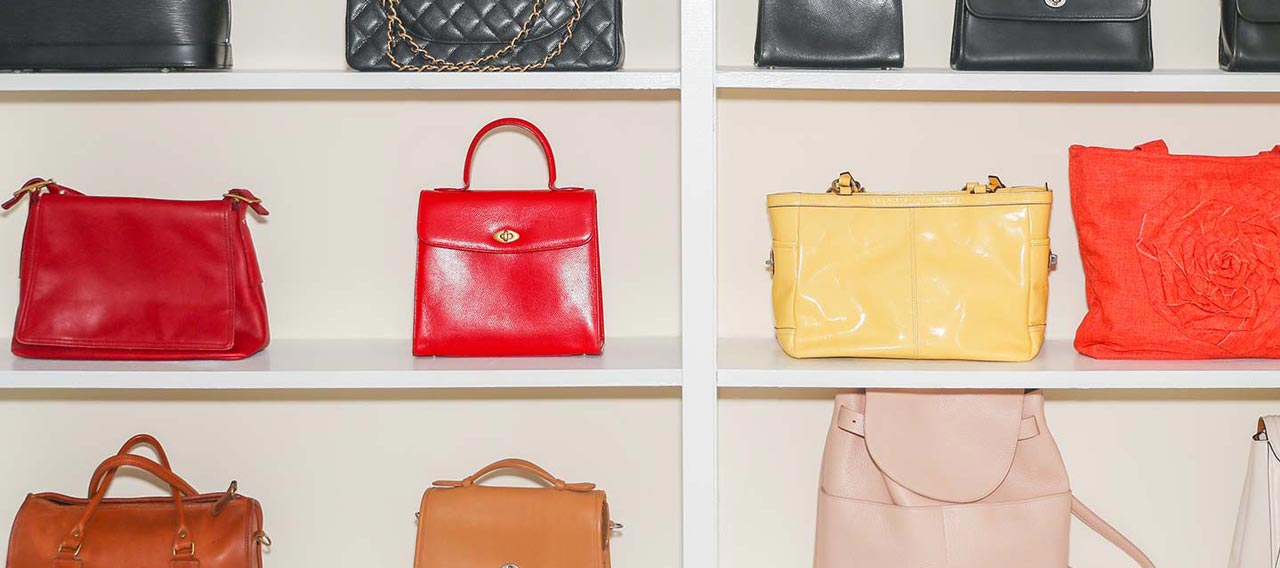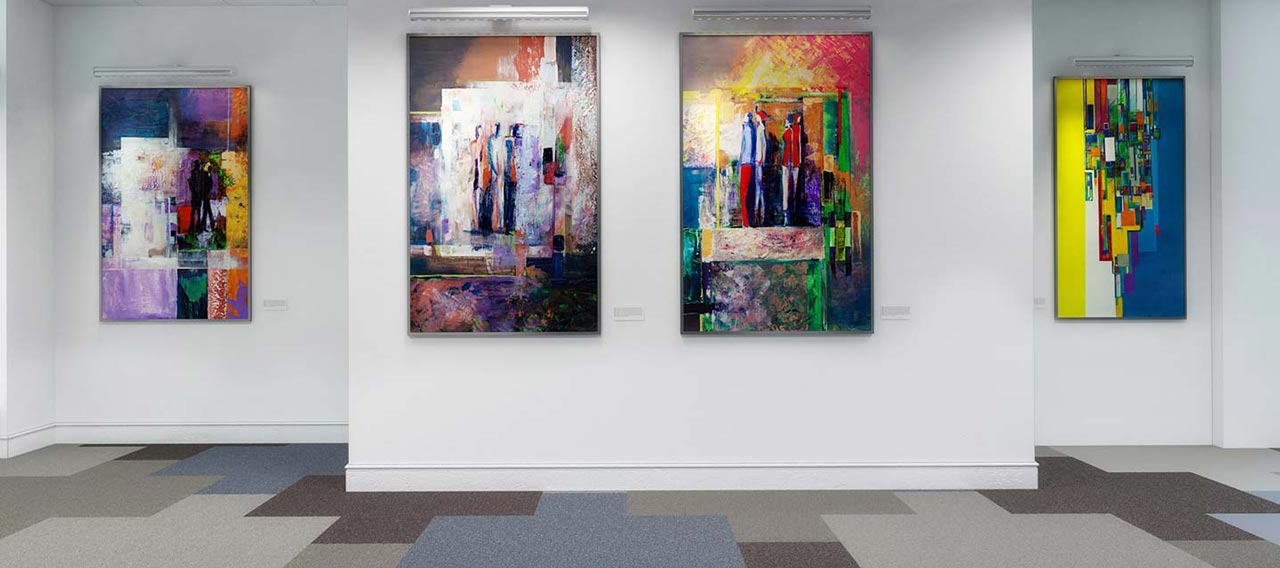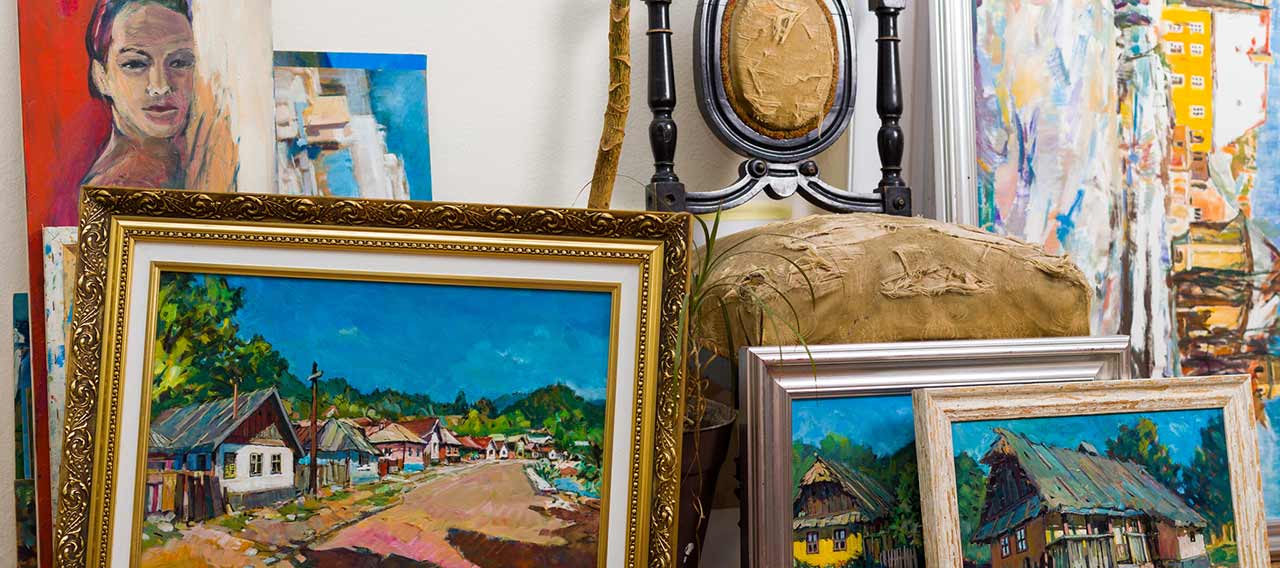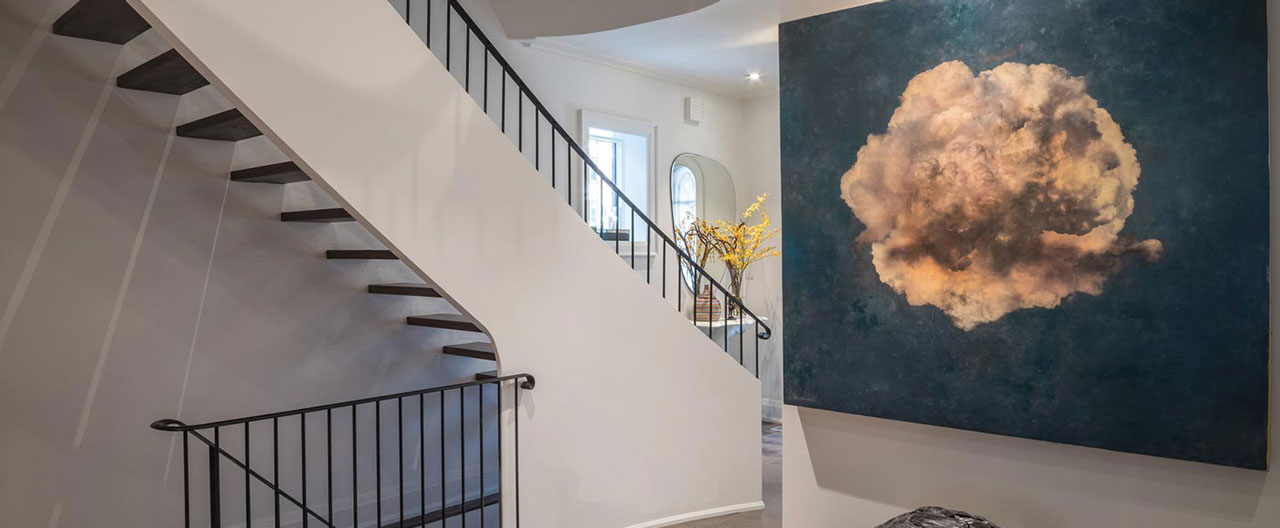- Individuals & Families
- Businesses
- Agents & Brokers
- Embedded Insurance

Chubb ranked #1 for Customer Satisfaction with the Home Insurance Claims Experience

Chubb ranked #1 for Customer Satisfaction with the Home Insurance Claims Experience

Chubb ranked #1 for Customer Satisfaction with the Home Insurance Claims Experience

Chubb ranked #1 for Customer Satisfaction with the Home Insurance Claims Experience

Because pets are family, Chubb now offers pet insurance with top-rated coverage from Healthy Paws.

Chubb offers the insurance protection you need for travel’s many “what ifs”.

Chubb protects small businesses at every stage – from newly formed start-ups to long-time anchors of the community.

Stay ahead of cyber threats with our free Cyber Claims Landscape Report.

Learn more about our dedicated learning paths, Online Learning Center, and more.

Many digital-savvy consumers look for it as a core or add-on option.

Many digital-savvy consumers look for it as a core or add-on option.

Many digital-savvy consumers look for it as a core or add-on option.

Chubb’s in-house technology makes it easy to integrate what we do into your customer experience.
-
About
-
Claims
-
Login & Pay Bill
For Agents & BrokersFor Travel Advisors
-
Back
Whether objects are at home or in a gallery, in storage or on display, there are a few simple steps collectors can take to ensure the art is preserved for generations to come.
1. Understand how to care for different materials
There are special needs to consider that are unique to the various media, such as:
- Panel paintings: Can be particularly fragile as wood can crack or warp in reaction to temperature and humidity fluctuations.
- Oil on canvas paintings: Are susceptible to environmental damage through cracking and cleavages of the paint layers, or deformations of the canvas support.
- Art on paper: Is susceptible to the acidic elements contained within most commercial paper stock. Minute metal shavings, introduced during the paper manufacturing process, can also corrode when exposed to humidity, resulting in dark rust spots known as foxing.
- Stone, metal, or glass: Though they are stable materials, they’re still susceptible to accidental breakage, scratches, cracking, corrosion or reaction to environmental pollutants.
2. Set the correct temperature and humidity
While it may be tempting to turn air conditioners or heating systems down when you are away from home, rapid fluctuations can cause items to expand and contract, leading to aging and deterioration. As a result, most museums try to maintain relative humidity levels at approximately 50%, and temperatures of roughly 70 degrees Fahrenheit.
3. Reduce exposure to sunlight or artificial sources of light
Ultra violet (UV) radiation causes fading and uneven heating. It can particularly damage paper items such as photographs, watercolors and works with colored inks, as well as textile fibers and dyes. Indirect sunlight or recessed or ceiling-mounted lighting is best for displaying artwork. Keeping curtains and shades drawn and turning off lights when a room is not in use are other ways to control light exposure. If your rooms get sun only part of the day, automatic timers can lower window shades as needed. For convenience, UV-filtering film can be installed on widows and lighting elements. As the effects of light exposure are cumulative, consider limiting the display of light sensitive works.
4. Plan the best display location
In general, place items on interior rather than outer perimeter walls, which experience greater climatic variations. Although tempting, focal points such as fireplaces expose any artwork hung over them to heat, soot, and fluctuating humidity levels. Artwork should not be hung near heating and air conditioning vents, in bathrooms, below pipes, which can leak or drip condensation, or near any exposed water sources. Artwork in high-traffic areas should be carefully placed to avoid accidental injury and hung high enough to prevent unintended damage from handbags, chair backs or doors.
5. Choose the right framing
Quality museum framing using conservation materials is important to the long-term preservation of artwork. Works of art on paper and textiles are particularly susceptible to improper framing, and should only be mounted and backed with acid-free materials such as museum ragboard or blueboard. Ensure that adhesives are archival and reversible. Matting and archival hinging are also important as unmatted items can become permanently adhered to the glazing (i.e., to the glass or plexiglass), particularly in high humidity environments.
If you have questions on how to care for a particular piece of art, contact a conservator, a framer specializing in preservation framing, a professional art installer, or your insurance agent for advice and assistance.
Insights and expertise








Get a personal insurance quote
Work with an independent agent to get personalized insurance solutions.
This document is advisory in nature and is offered as a resource to be used together with your professional insurance advisors in maintaining a loss prevention program. It is an overview only, and is not intended as a substitute for consultation with your insurance broker, or for legal, engineering or other professional advice.
Chubb is the marketing name used to refer to subsidiaries of Chubb Limited providing insurance and related services. For a list of these subsidiaries, please visit our website at www.chubb.com. Insurance provided by ACE American Insurance Company and its U.S. based Chubb underwriting company affiliates. All products may not be available in all states. This communication contains product summaries only. Coverage is subject to the language of the policies as actually issued. Surplus lines insurance sold only through licensed surplus lines producers. Chubb, 202 Hall's Mill Road, Whitehouse Station, NJ 08889-1600.


